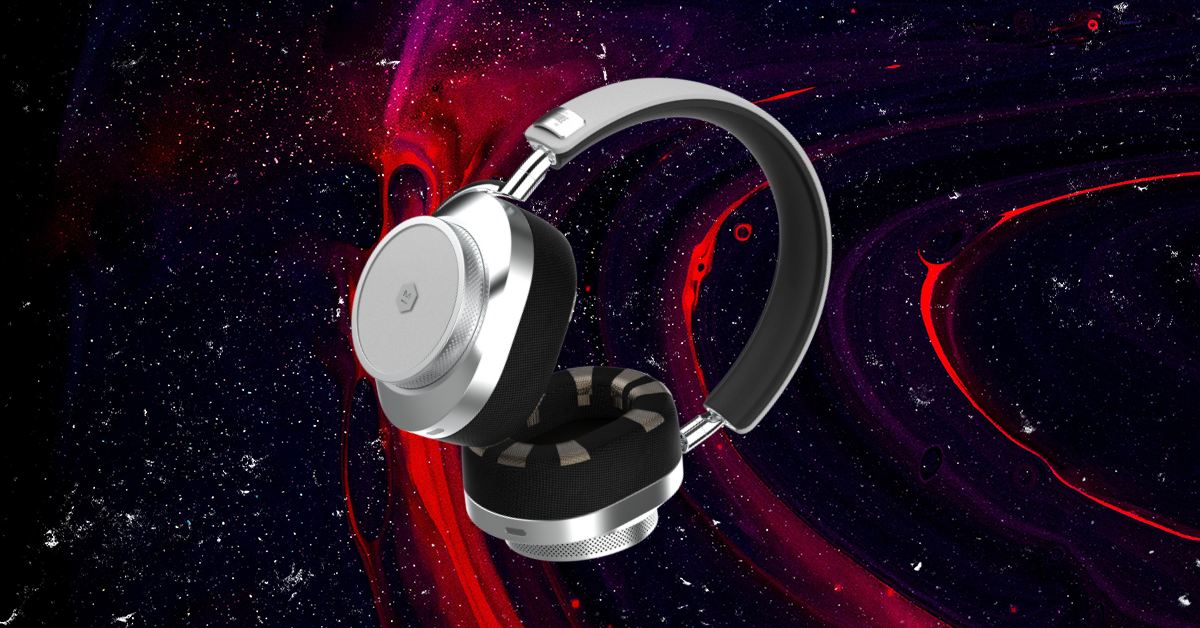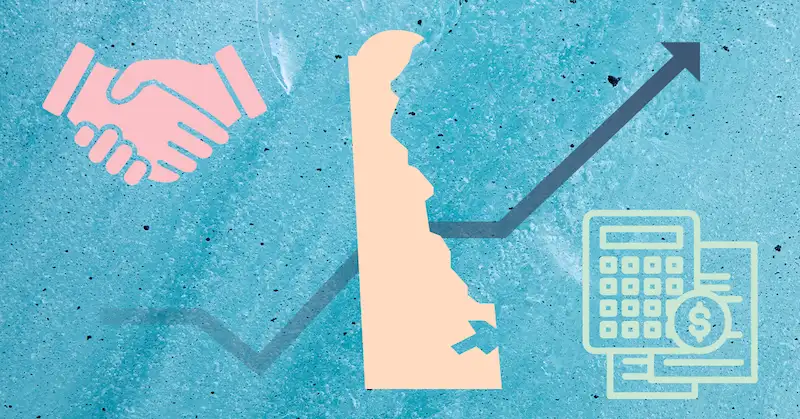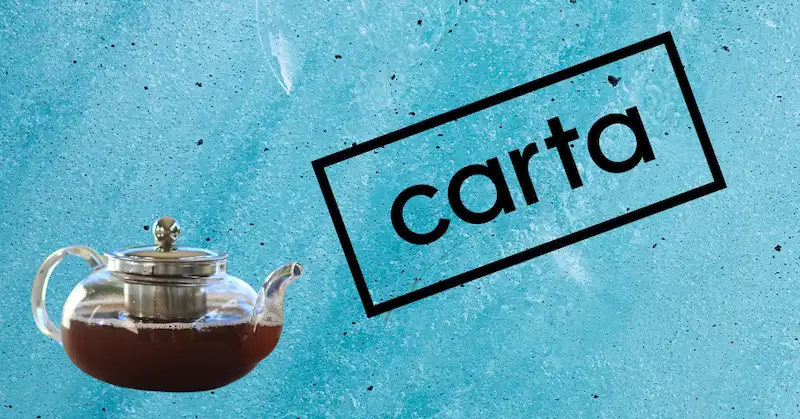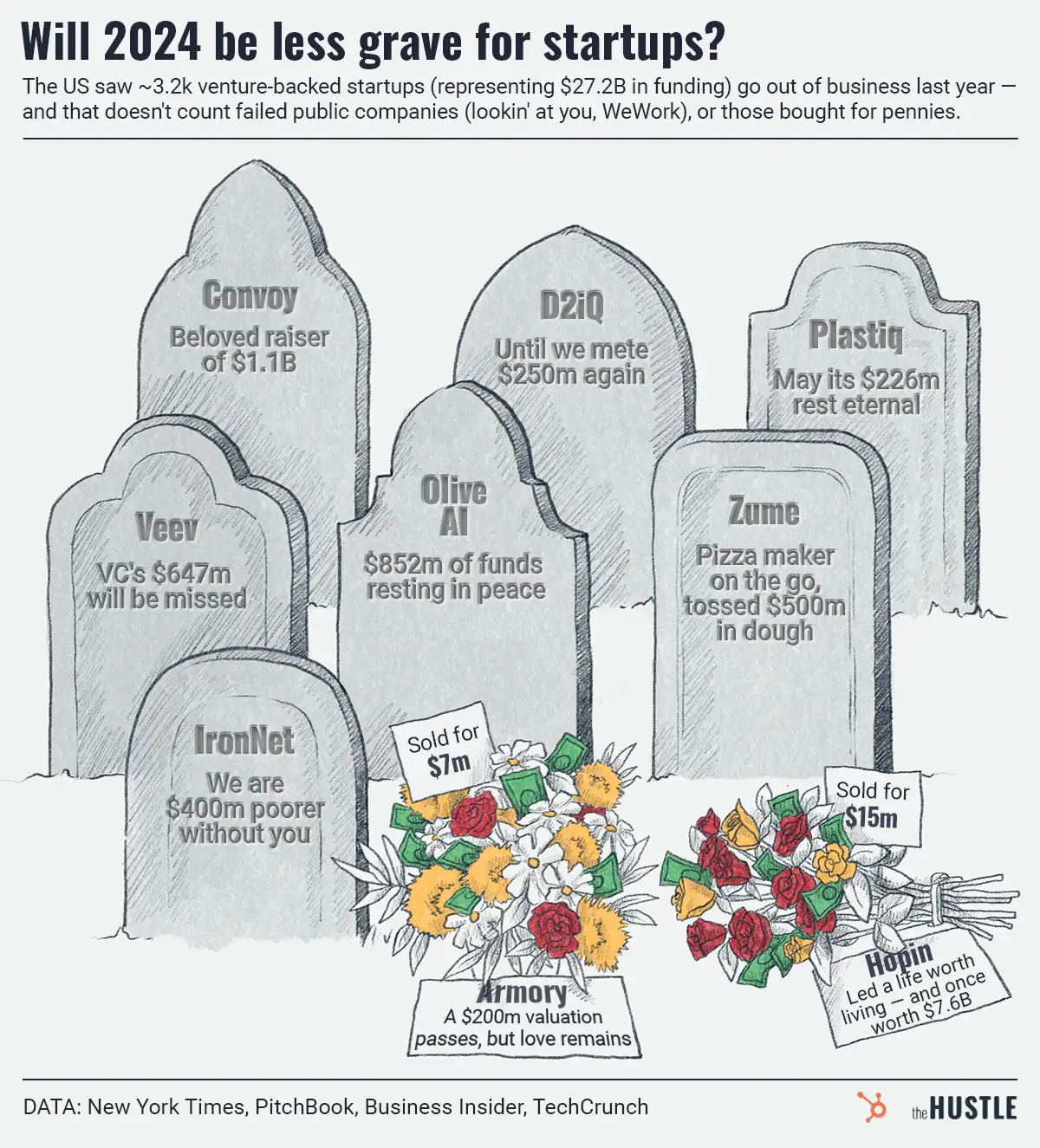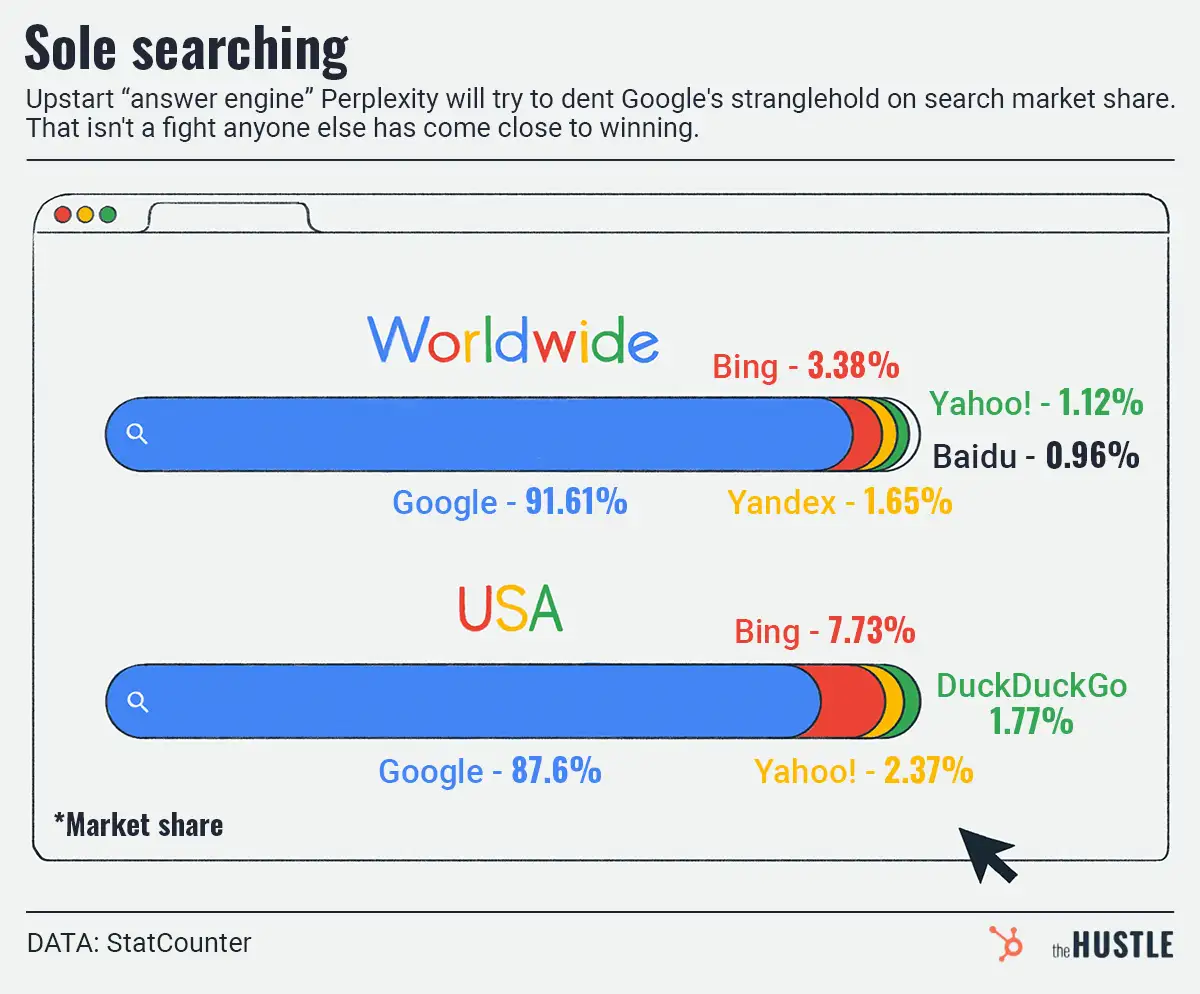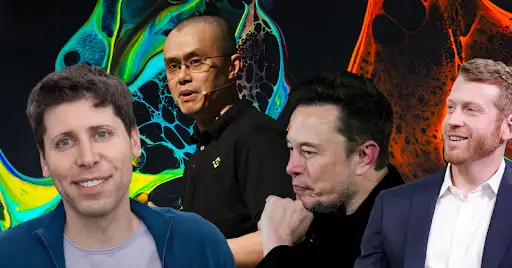A TL;DR timeline (for lazy readers):

1989: Brian Scudamore buys his first truck, goes into business as “The Rubbish Boys”
1994: With 5 trucks and a small office to run, Brian fires his 11-person company
1998: The company hits $1m in revenue and drops the name “The Rubbish Boys” Brian moves 1-800-GOT-JUNK? to a franchise model
2003: 1-800-GOT-JUNK? hits $12m in revenue, with 74 territories
2006: The company hits $100m in revenue
2007: Brian and his COO, Cameron Herold part ways; Brian hires the former US President of Starbucks as COO
2008: 1-800-GOT-JUNK? is down to $85m in revenue; Brian makes the decision to let his new COO go
2011: Brian hires Erik Church as COO
2015: 1-800-GOT-JUNK?’s parent company, O2E brands, hits $250m in revenue, with over 250 franchise partners
2017: O2E brands, will finish at $320m in revenue
“We lost $40m in revenue in 14 months. My baby was nearly bankrupt.”
After 20 years of building my baby, the junk removal company I started as an 18-year-old college kid with a single truck was nearly out of cash.
It was 2008. I was 38 years old, sitting in my lawyer’s office with a board member, about to execute on a plan that went against the belief of every single person in my company.
How is this happening? How am I losing my business?
Between ‘03 and ‘07 we grew our revenue from $12m to $125m, and I decided to hire a new COO with an all-star pedigree. She was the former US President of Starbucks and everyone in our company loved her.
But 14 months into her tenure, our revenue was down $40m, growth had stalled, and we were on the verge of bankruptcy. Now I was preparing to announce the wildly unpopular decision to let her — and the execs she’d brought in — go. The severance alone would cost hundreds of thousands.
Nobody saw it coming. And in that moment, I thought, maybe I’m making the wrong decision. Maybe everyone else is right…
In the 1970’s, my grandparents owned an Army Surplus store in San Francisco. Growing up, I loved watching them run the store and deal with customers — and while I don’t think any kid dreams of owning a junk empire, being there made me want to own my own business someday.
In a lot of ways, I’ve never lost that feeling from when I was a kid: Building a business has always felt a bit like a game. If you’re not having fun, then why are you playing?
School, on the other hand, was a lot less enjoyable. I ended up dropping out my senior year, but managed to convince university admissions that they should let me into their business program. Which left me with another challenge: how to pay for it.
The birth of “The Rubbish Boys”
I was 18, waiting for my cheeseburger in the McDonald’s drive-thru, and trying to figure out how the heck I was gonna pay for this school I’d just talked my way into, when I saw it: a beat-up pickup full of old bikes, with a hand-painted sign, “MARK’S HAULING.”
The next day, I bought my first truck for $700 and my new venture, “The Rubbish Boys,” was born. To be fair, I was just a lone Rubbish Boy. But who would trust a rogue 18-year-old kid — even one with the genius tagline, “We’ll stash your trash in a flash!” — to haul all their precious junk?
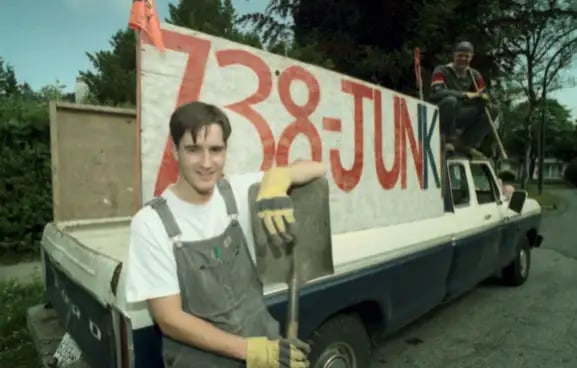
That first summer, I made $1,700. Soon, I was getting customer calls in the middle of class on my big brick Motorola cell phone, which didn’t have a vibrate function (this was 1990, mind you). It was embarrassing, and it got to the point where school was getting in the way of my business. I was ready to leave and pursue my venture full-time — but first, I had to face my dad.
He was an academic, a liver transplant surgeon, a type-A guy — and I had to go up to him and say, “I’m learning more about business by running one.” I left college a year before graduation with something to prove to my father. I tripled my fleet right away and said, “I’m going to show him that I can build a business.”
By 1994, we had 5 trucks, 11 people, and half a million in revenue. For a small, bootstrapped business, I was in a pretty good place. We were profitable, and by the ripe age of 24, I had bought my first home. From the outside, things looked great.
But I hated coming to work.
“I’ve got a profitable business… but I hate what I do”
I stopped having fun. I was stressed to the max and I just thought, This isn’t what I signed up for. I left school to build a business, but I hate it. What have I done?
What I hated about it was I didn’t enjoy the people I worked with. I don’t think they enjoyed working with me either. The whole environment was just toxic. I had a team of people that didn’t fit my values, didn’t fit what I enjoyed in life, and I had to make a drastic change.
OK, I have a lot of “bad apples,” I thought. And one bad apple spoils the bunch. So, I fired the whole team — all 11 people.
That was the day that I committed to finding the right people. It also meant that the next day, I was completely screwed.
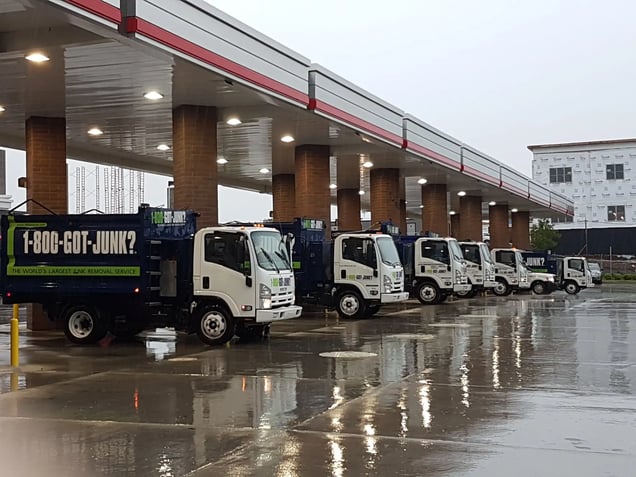
Our office was now a ghost town. How do you run 5 trucks with one person and no call center? I was the person filling every single role in the business for the next few weeks, until I was able to hire my first new employee.
But I’d changed my outlook. From that point on, I was going to make sure every hire was someone I would have fun with and enjoy working with — someone who would treat customers the way I envisioned. Someone I’d actually want to hang out with.
From there, things really took off: we started to really scale based on our vision, values, and never compromising on the quality of our people.
By 2006, we hit $100m in revenue
Between ’95 and ’98, we doubled to hit $1m in revenue. I figured if I could run this in Vancouver as a million dollar business, what could it do in every other market in North America that had at least a million people? This has to work everywhere.
We dropped the name “The Rubbish Boys,” moved to a franchise model, and started building and scaling million dollar businesses in every single market in North America.
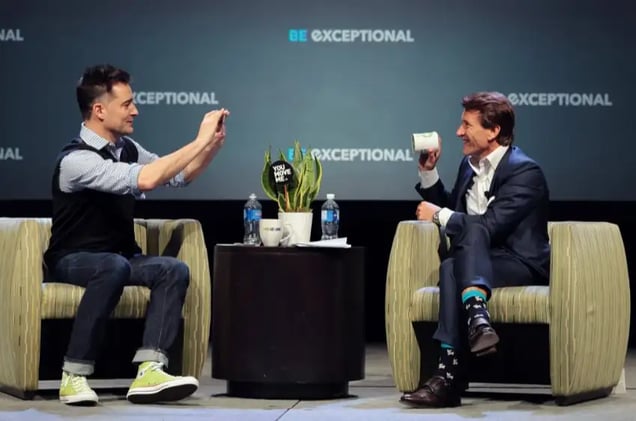
By ’03, with 74 territories, we hit $12m in revenue. In ‘06 we hit $100m, and I was eager to grow the business to the next level.
My COO at the time, Cameron Herold, had been with me from the beginning: he helped take the company from $2m to $106m, and we were (and still are) great friends.
But, we were also both the “fire, ready, aim” types. That is, very ADD, and not great at putting in systems to grow a sustainable business.
Cameron and I agreed to part ways, and when a mentor introduced me to a new COO candidate with an all-star pedigree, I was blown away.
Her experience spoke for itself: the former US President of Starbucks with 30k employees. I worked for months to recruit her — imagine what she could do with my little company… The possibilities were endless.
And 14 months later, I let her go, against the belief of every single person in my company.
“Sh*t I’m F*cked”
I felt like I had a mutiny on my hands.
After coming back from a 5 week vacation to Italy — the first long vacation I’d ever taken — I didn’t recognize my team. My new COO had built private offices for VPs and taken over the business to the point where it seemed like nobody even wanted me there.
We were $85m in revenue — $40m less than when this new COO started. While we were arguing about strategy, growth had stalled, and we were on the verge of bankruptcy.
I went through a period of great insecurity where I felt like a total imposter: I came to believe that I really didn’t have the leadership to grow it to the next level, and my second-in-command was the right person for the job after all.
Then, a mentor challenged me to honestly evaluate myself, to believe in my own vision, and to question whether my COO believed in me.
In the end, my mistake was that I didn’t spend enough time getting to know her, to see if she could really work with not only my strengths, but my weaknesses. If we weren’t going to work together, it was never going to work.
And so, less than a year and a half in, I decided to let her go.
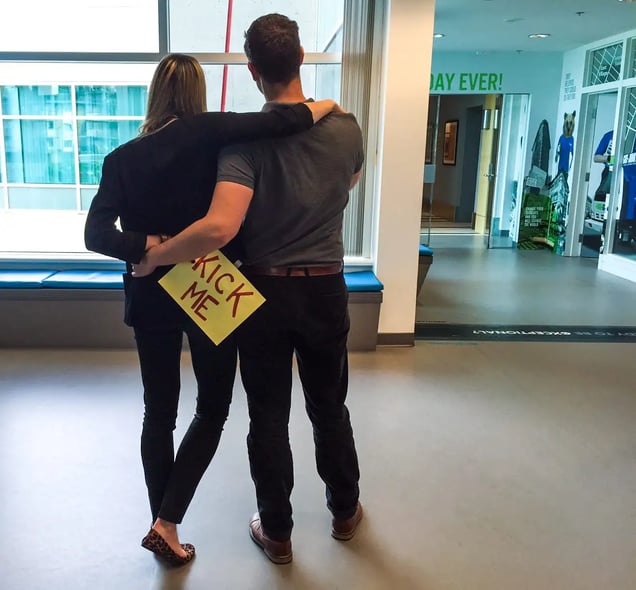
I had to bring in a board member to help me execute on the plan from a lawyer’s office.
Nobody could understand why I got rid of a COO who they all really believed in. They were shocked.
Sure, when I’d started over in ‘94, things were pretty disastrous. But the business only employed 11 people. I didn’t feel like my life as an entrepreneur was over, I thought, If this doesn’t work out, obviously I can start again. I’m young, I’m only 24.
But now, I had 400 employees and 200 franchise owners on my hands — and I felt completely alone.
I had to lay off the leadership team my COO had built, then go to the rest of the team and say, “You’ve just gotta trust me that this is what’s going on. We’re going to hunker down. Are you with me?”
It took a few years to get the business back on track, and for people to come around and say “You know what, thank goodness you did that.” Then, thankfully, I found Erik to elevate things to the next level.
We hunkered down, and we rebuilt
The great part of that failure was it got me to look at my own leadership and say, “What do I love to do in the business, and what am I great at? What do I hate to do and what am I bad at that the business needs?”

I made a vision of the person that I was looking for, and 3 different people independently referred me to Erik Church, our current COO and President. I’m the visionary, the culture guy. He’s the rigor, the discipline, the execution. And he’s able to take ideas and translate them into execution.
When Erik came in, we were at $85m in revenue, and this year we’ll finish at $320m for O2E brands (1-800-GOT-JUNK?’s parent company).
The toughest decisions to make are when everything looks good to everyone else. As a leader, it’s about having faith that, if you do the right things with the right people, you’re going to figure it out.
CEO of 1-800-GOT-JUNK? Brian Scudamore, as told to Lindsey Quinn exclusively for The Hustle.


